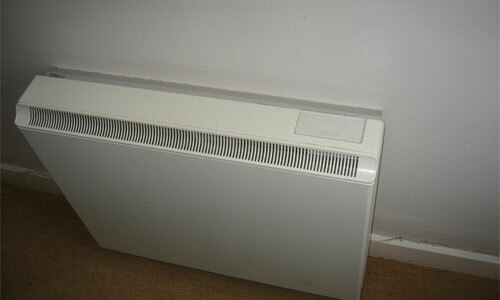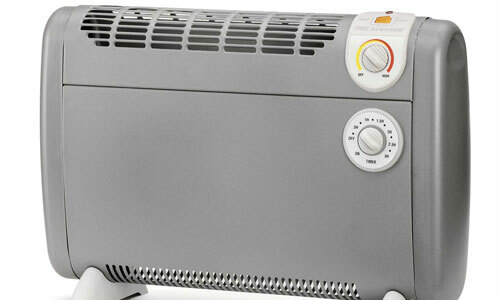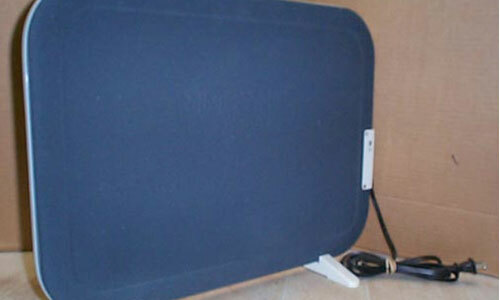When the cold comes, many people are thinking about buying thermal equipment. These devices include fan heaters.

In this article we will tell you how to choose a fan heater, let's talk about the principle of fan heaters, their advantages and disadvantages, as well as the functions and capabilities that they can be equipped with.
In order to make a mistake in your choice, you need to get a little acquainted with the principle of operation of the purchased equipment and its components. With what we actually start.
What fan heater to choose
Absolutely all heaters are equipped with a heating element - heating air, a fan - spreading heated air, and also a thermostat that allows you to set the heating level. As a heating element, heaters can use a spiral made from an alloy with a high electrical resistance or ceramic plates.
In operation, the spiral heating element is heated to too high a temperature of several hundred degrees, the temperature of the ceramic heating element is much lower. It is necessary to know that the ceramic heating element gives heat much better than the spiral heating element.
Therefore, a fan heater with ceramic heating element, will heat the heat no worse than that as a heating element, which uses an incandescent spiral. Also, ceramic fan heaters do not pollute the air with combustion products and provide high fire safety.
Fan heaters, heat up the air quite quickly, but they are not designed for long-term use. Therefore, it is necessary to use such a technique, for the temporary heating of a small room. The fan heater is quite a versatile device, it can be used both for heating the room and working as a normal fan. Therefore, you can use this technique at any time of the year.
If all the same, you need a long heating space, then you better think about buying a heater. At work they can be left unattended for a long time, because they are the most fireproof. The power of the fan heaters ranges from 600 W to 3 kW.The higher this indicator, the faster the device will cope with the tasks assigned to it.
Types of fan heaters - advantages and disadvantages
Now let's talk about the merits of this amazing technique, compared with other climate equipment. Fan heaters, heat quickly enough and have good heat dissipation, so they will be very convenient in case you need to quickly heat a small room.
Such devices are mobile enough, they have small dimensions and small weight. Fan heaters are fairly simple to install and can be moved around the room.

Depending on the model, they can be wall, floor or table. Another advantage of fan heaters is the ability to simultaneously perform the functions of heating and ventilation. Such devices are quite economical and are relatively inexpensive.
To the disadvantages of fan heaters, one can attribute a high level of noise that is created during operation. Devices with a spiral heating element, burn oxygen and create an unpleasant smell in a heated room. Ceramic fan heaters are free of this drawback.
What functions can be equipped with fan heaters
Many models of similar devices have the function of antifreeze, which allows to maintain the temperature in the room at +5 ° C, thereby preventing freezing, with low energy consumption. Another interesting feature is the function of the rotary mechanism, so that the fan heater can deviate from one side to the other, which contributes to the most uniform distribution of the heat flow.
Some fan heaters are equipped with a "overtemperature protection" function, which protects the heating element against damage, and surrounding objects that ignite, i.e.the fire safety of the device is increased. Depending on the model, some devices have a trip function when tipping over. Which also increases the fire safety.

This function is most appropriate when using a spiral heating element, because it will become very hot during operation. In some devices, it is possible to regulate the power consumption of the fan heater, and hence the degree of air heating.
It will not be superfluous if in the device you like, there will be built-in filters and humidifiers, which purify and increase the humidity of the air. Some fan heaters have a splash-proof housing, which makes it possible to use the device in rooms with high humidity.



